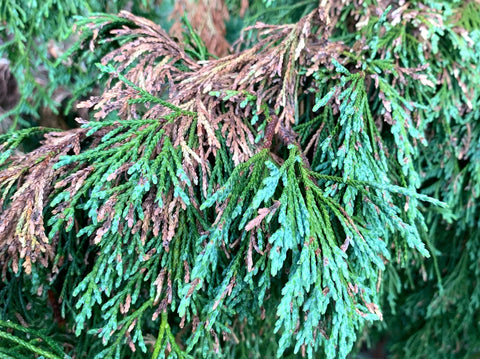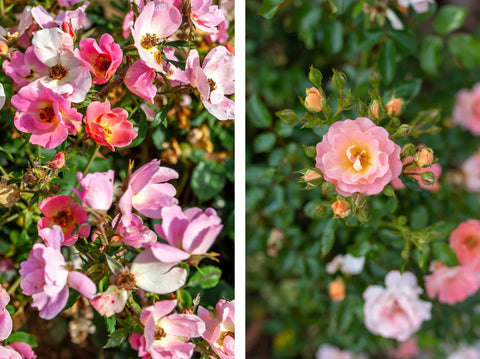Every year as the seasons change, many gardeners notice a puzzling phenomenon: their steadfast evergreens shedding their needles. This occurrence, known as seasonal needle drop, is a natural and healthy process for evergreens but can cause concern among those unfamiliar with this aspect of their lifecycle.
What is Seasonal Needle Drop?
Seasonal needle drop is the process by which evergreens shed their older needles, which have completed their life cycle. Needles on conifers do not stay on the tree indefinitely; they turn yellow, then brown, and eventually drop off after one to several years, depending on the species. This change may occur gradually over the season or quite rapidly.
Why Does Needle Drop Happen?
- Natural Aging: Like any living thing, needles have a lifespan after which they cease to function efficiently and are shed by the plant.
- Environmental Stress: In conditions of drought or other environmental stresses, evergreens may shed more needles than usual to conserve resources and maintain the health of new growth.
Observing Needle Drop in Common Evergreens
- Arborvitae: Unlike some conifers that shed individual needles, Arborvitae tends to shed entire branchlets that turn brown as they age and typically remain on the tree for some time before falling.
- Yew: In Yews, needle drop occurs slightly differently, with the needles turning yellow and dropping in late spring or early summer of their third year.
- Junipers: Junipers exhibit needle drop in a manner similar to many other evergreens. Older needles may turn yellow or brown before dropping off, typically in the fall or early winter.
- Cypress: Cypress trees also undergo seasonal needle drop, with older foliage turning yellow or brown before shedding, often in the fall or spring depending on the specific species.
Seasonal Patterns
While seasonal needle drop is most noticeable in the fall, the timing and appearance can vary by species:
- Gradual vs. Rapid Change: In some species, such as Spruce and Fir, the shedding is less noticeable because it occurs more gradually. The older needles thin progressively, making the process subtler compared to the more rapid shedding seen in some other conifers.
How to Respond to Seasonal Needle Drop
- Regular Monitoring: Keep an eye on your evergreens, especially during seasonal transitions. Normal needle drop should only affect the older needles, with new growth remaining green and healthy.
- Distinguish from Diseases: If the current season's needles are discolored or wilted, this could indicate a disease or pest issue, which would require further investigation and possibly treatment.
Understanding and Managing Evergreen Health
Recognizing the signs of seasonal needle drop and distinguishing them from symptoms of distress is crucial for maintaining healthy evergreens. By understanding this natural cycle, gardeners can better care for their plants and mitigate concerns when they see needles turning color and dropping.
For more insights into the care of evergreens and other plants, visit us at Simply Trees. Whether you’re a seasoned gardener or a beginner, we’re here to support your gardening journey with expert advice and quality plants. Let’s ensure your evergreens thrive through all seasons!


